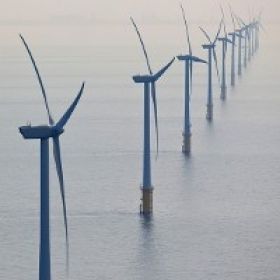The team’s paper, published in Nature Climate Change, is the first to look at how socioeconomic conditions such as inequalities, energy demand, and international cooperation might affect the feasibility of achieving these goals, and also considers technological and resource assumptions.
“One of the goals of the Paris Agreement is to limit warming to 1.5°C, but scientific studies mainly looked at the question of limiting warming to 2°C. This study now fills this gap and explores how climate change by the end of the 21st century can be brought in line with 1.5°C of warming. Individual studies have looked at this question in the past, but this study is the first to use a broad and diverse set of models,” says Rogelj.
The researchers used six integrated assessment computer models which each attempted to model scenarios that limit warming by the end of the century to 1.5°C, under five so-called Shared Socioeconomic Pathways (SSPs). The SSPs, developed previously at IIASA and other key partner organizations, look at different ways the world and society could progress, including for example, one in which the world pursues sustainability, one in which economic and population growth continue much as they have done historically, and another in which the world pursues high economic growth with little emphasis on sustainability.
Continue reading at International Institute for Applied Systems Analysis
Image via Shutterstock


